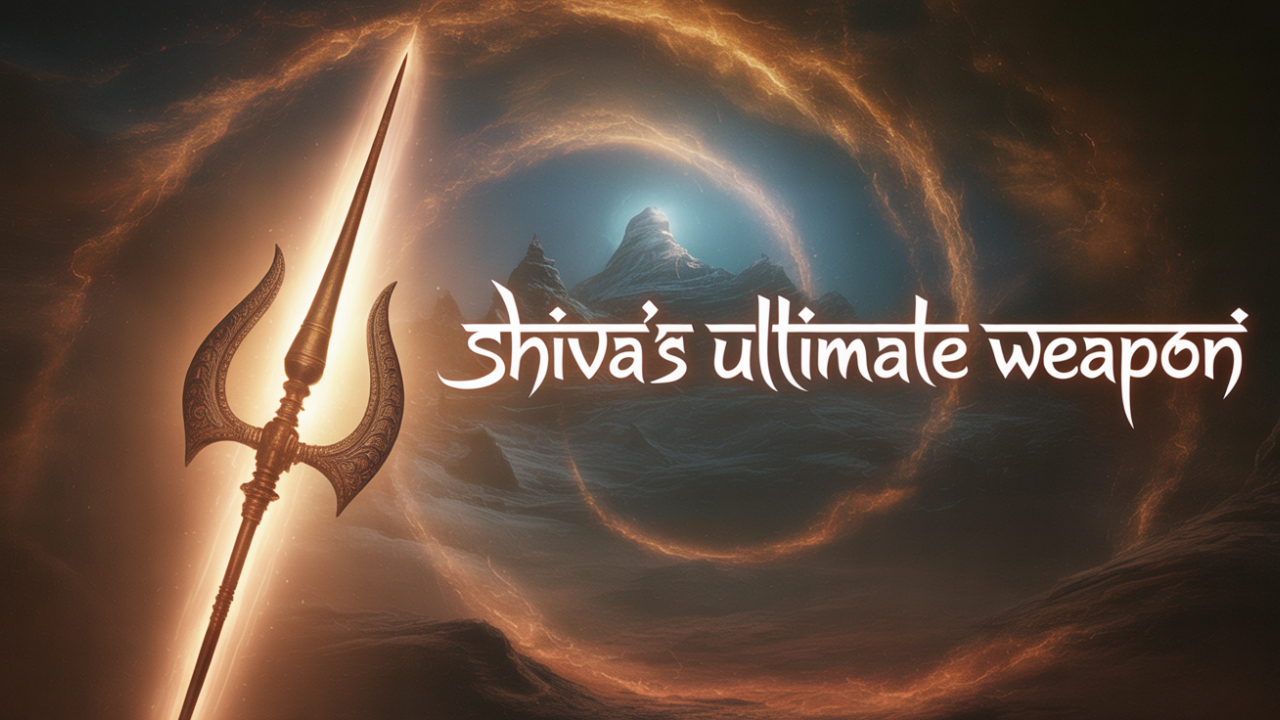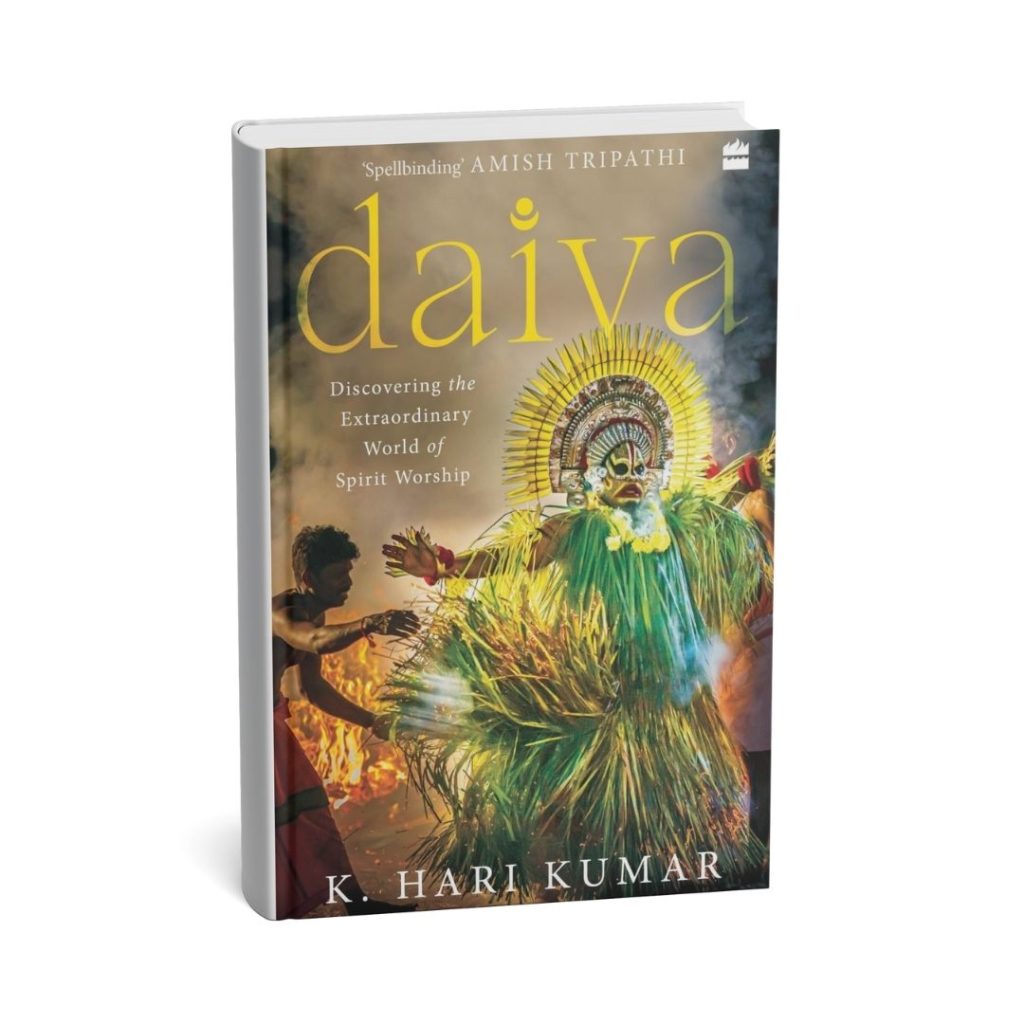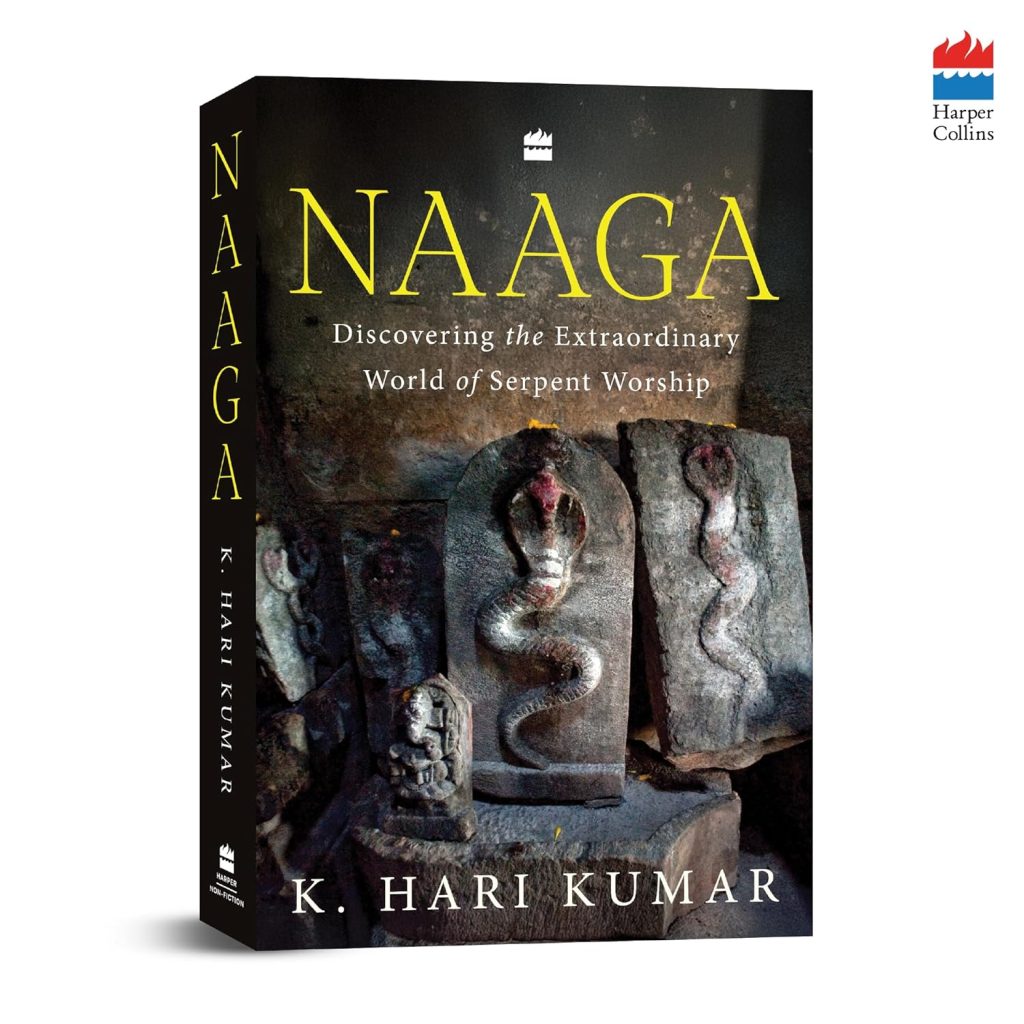What does it mean to wield ultimate power? Imagine a weapon capable of unmaking existence itself. In Hindu lore, this isn’t just fantasy; it’s the terrifying reality of the Pashupatastra, Lord Shiva’s most destructive force in the cosmos.
Its story, however, isn’t solely about annihilation. It delves deep into the crushing responsibility that accompanies absolute power, and the strict cosmic laws that govern its use. Join me as I uncover its terrifying capabilities, divine origins, and the profound moral code that distinguishes a true hero from a world-ender.
The Breath of the Destroyer: Understanding the Pashupatastra
Among celestial weapons, or astras, few inspire the same level of awe and terror as the Pashupatastra and Brahmastra. This weapon of profound legacy frequently appears in ancient texts like the Mahabharata and Shiva Purana, but to truly grasp its essence, we must look at its name. “Pashupatastra” derives from “Pashupati” – one of Lord Shiva’s most significant titles, meaning “Lord of All Animals.” This name alone provides a crucial clue: this isn’t merely a tool for war, but an instrument of cosmic order, wielded by the protector of all souls.
It can be unleashed from the mind, the eyes, with a mere word, or even through a bow, making it one of the most versatile and inescapable forces in Hindu mythology. Some regional folk traditions suggest Shiva himself obtained it through intense penance to Adi Para Shakti, the primordial goddess, cementing its status as a weapon born from the deepest wells of cosmic power.
Raw Cosmic Power Unleashed
So, what happens when someone actually uses the Pashupatastra? The scriptures are clear: its power is absolute and irresistible. It is capable of destroying all of creation and defeating any being. No other astra, not even the legendary Brahmastra, may defy it.
And this isn’t just talk; we have a legendary account of Shiva using it himself during the Tripura Samhara, the destruction of three near-invincible flying cities. The gods, desperate, ran to Lord Shiva for help against the demonic flying cities. To fight this threat, an incredible super-weapon was forged. As the three cities aligned for just a moment, Shiva unleashed the Pashupatastra. In a single, fiery blast, the arrow tore through all three cities, incinerating them and the demons inside, and restoring balance to the universe. This event earned Shiva the name Tripurantaka, the destroyer of Tripura, and it stands as the ultimate display of the Pashupatastra’s city-ending, cosmic power.
The Trial of the Wielder – Arjuna’s Penance
A weapon that can crack the cosmos can’t just be handed out like a party favour. The story of the Pashupatastra is welded to the story of its most famous mortal owner: the Pandava prince, Arjuna. This tale from the Mahabharata is a masterclass in devotion, humility, and what it truly means to be worthy.
During the Pandavas’ exile, Krishna advised Arjuna that to have any hope of winning the coming war against their cousins, the Kauravas, he needed divine weapons. The grand prize was the Pashupatastra. Taking this advice, Arjuna went to the Himalayas to perform tapasya—an intense penance—to please Lord Shiva. He stood on one leg, surviving on barely anything, his focus absolute. His devotion was so immense it started to ripple through the cosmos, catching the attention of the gods.
Sensing this, Shiva decided to test Arjuna’s character. He appeared disguised as a Kirata, a rugged mountain hunter, with Parvati disguised as his wife. At the same time, an asura named Mukasura, sent by the enemy to kill Arjuna, took the form of a wild boar and charged. Breaking his focus, Arjuna fired an arrow and struck the boar. But in that exact same instant, an arrow from the disguised Shiva also hit the animal.
An argument immediately broke out. Both Arjuna and the Kirata claimed the kill. Proud of his archery, Arjuna wouldn’t back down, and the squabble quickly exploded into a full-blown fight. Arjuna threw everything he had at the hunter, but the Kirata casually deflected it all. When his quiver was empty, Arjuna tried his sword; it shattered. He fought with rocks and his bare fists, only to be completely overpowered.
Humbled and beaten, Arjuna knew he was facing no ordinary man. In a final act of devotion, he made a small Shiva lingam out of mud and offered a prayer and a flower garland. When he looked up, he saw that same garland now resting on the Kirata’s head. The realization hit him. He fell at the hunter’s feet and begged for forgiveness.
Pleased by Arjuna’s incredible bravery and, more importantly, his ultimate humility, Shiva revealed his true form. He told Arjuna that his strength and skill were nearly equal to his own. As a reward for passing the test, Shiva and Parvati blessed Arjuna and gave him the mighty Pashupatastra, teaching him the sacred mantras to summon, control, and withdraw it.
The Philosophy of Power
Arjuna’s grueling test reveals the real meaning behind the Pashupatastra. The weapon isn’t just a trophy for being a good fighter; it’s a divine seal of approval, a sign that you are committed to dharma, or righteousness. It highlights a core principle in Hindu philosophy: great power demands even greater wisdom and restraint.
The astra itself is a metaphor for the cosmic dance of creation and destruction. It’s a tool of annihilation, but it exists to preserve cosmic balance. The real test for the Pashupatastra wasn’t the fight with the boar or the hunter—it was the internal battle against ego. Arjuna only became worthy when he let go of his pride and surrendered with humility. It’s a powerful spiritual lesson: true strength isn’t gained through force, but through self-control and devotion.
This is exactly why Shiva gave Arjuna a stern warning: the Pashupatastra must never be used against lesser enemies or for petty reasons. If fired at an unworthy target, it could obliterate the entire universe. And this brings us to one of the most fascinating facts about the weapon. Despite holding the most powerful astra in existence during the Kurukshetra War, Arjuna never once used it. He faced down legends like Bhishma and Drona, and even his arch-nemesis Karna, but the Pashupatastra remained holstered. Arjuna understood its purpose wasn’t to win a mortal war, but to act as a deterrent—a final resort to uphold dharma on a cosmic scale. Its power was so immense that the greatest display of strength was choosing not to use it at all.
Legacy and Other Wielders
While Arjuna is the most famous mortal to receive the Pashupatastra, other legendary figures are sometimes credited with having it. In the Ramayana, both the sage Vishvamitra and Ravana’s son, Indrajit, are sometimes cited as wielders. However, some interpretations suggest these may have been lesser versions of the weapon, as Shiva himself told Arjuna that what he received was unique and unknown even to many gods.
This nuance adds to the weapon’s mystique. It is sometimes also associated with the divine feminine, particularly the goddesses Kali and Adi Parashakti, connecting it to the fundamental forces of the universe. Regardless of who held it, the Pashupatastra remains a potent symbol in Indian culture. It represents not just destructive power, but the height of divine favor and the immense responsibility that comes with it. The story of the Pashupatastra isn’t just an ancient myth about a super-weapon; it’s a timeless lesson on the nature of power itself. It teaches that the greatest strength isn’t found in the ability to destroy, but in the wisdom to know when not to.
Pashupatastra
From its role as a cosmic reset button to the intense trial Arjuna faced to earn it, the Pashupatastra is so much more than a weapon. It’s a symbol of divine will, a brutal test of character, and a deep philosophical lesson wrapped in a blockbuster story. Its universe-ending power was governed by an even greater moral code: the wisdom that real strength lies not in using power, but in holding it back.
So, what do you think is the most important lesson from the Pashupatastra’s story? And what divine weapon should we break down in our next video? Let us know in the comments below.
If you enjoyed this dive into mythology, make sure to like, subscribe, and hit that notification bell so you never miss another journey into the stories that shaped our world. Thanks for watching.




Leave a Reply